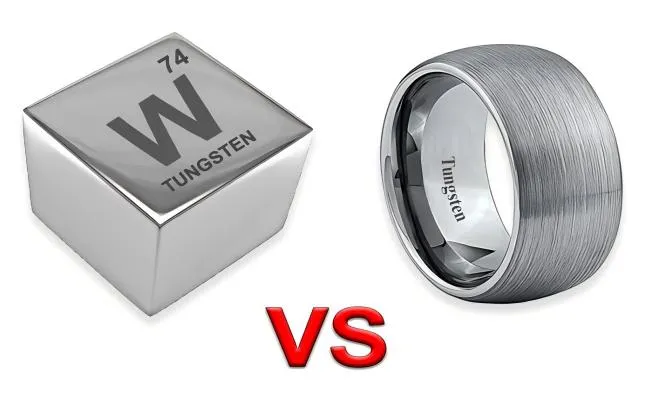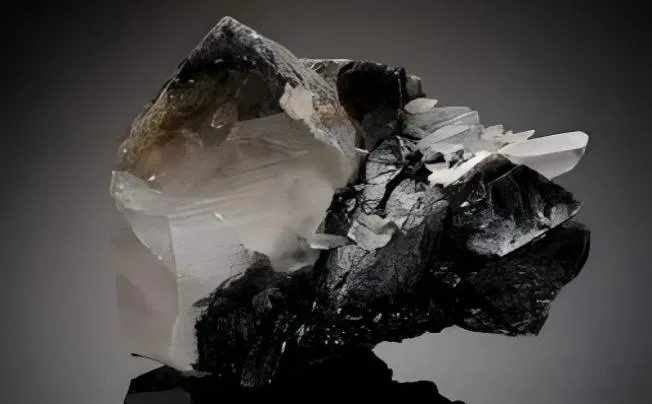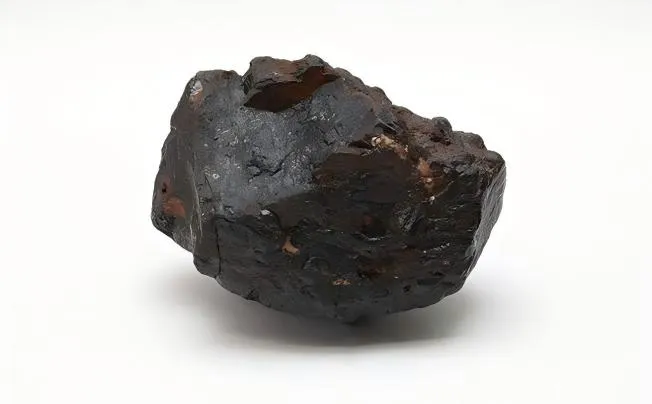Ferroalloys are essential materials that are vital components in producing various metals, particularly steel. These alloys primarily comprise iron and other elements such as manganese, silicon, chromium, and tungsten.
Overview of Ferroalloys
Composition and Properties
Ferroalloys are a group of alloys composed primarily of iron and one or more other elements such as manganese, silicon, chromium, or aluminum. The composition of ferroalloys plays a critical role in determining their properties and the specific applications they are suited for. For example, high-carbon ferrochrome typically contains around 60-70% chromium and 6-8% carbon, making it ideal for use in stainless steel production due to its high corrosion resistance and hardness.
Ferromanganese, on the other hand, is primarily composed of manganese (around 65-75%) and iron (15-25%), imparting excellent strength and wear resistance properties to steel when used as an alloying agent. In terms of properties, ferroalloys exhibit a wide range of characteristics depending on their composition.
Common properties include high tensile strength, heat resistance, corrosion resistance, and improved mechanical properties. These alloys are known for their ability to modify the structure and enhance the performance of base metals like steel.
Production Process
The production process of ferroalloys involves several stages starting from raw material selection to final alloy formation. Typically, the process begins with sourcing raw materials such as chromite ore for producing high-carbon ferrochrome or manganese ore for ferromanganese production.
These raw materials are then smelted in electric arc furnaces at high temperatures ranging from 1600°C to 2000°C along with fluxes like limestone and coke. During smelting, oxygen is removed from the ores through reduction reactions to obtain pure metal content.
Once the smelting process is complete, the molten metal undergoes refining procedures to remove impurities before casting into molds or solidifying into granules depending on final product requirements. The cooling process is crucial as it determines the microstructure and mechanical properties of the resulting ferroalloy product.
Quality control measures are implemented at every stage to ensure that the final product meets stringent industry standards regarding composition accuracy and physical characteristics. The production process requires precision engineering techniques coupled with advanced metallurgical knowledge to achieve desired alloy specifications consistently.
Types of Ferroalloys
1. High Carbon Ferrochrome
High carbon ferrochrome (HCFeCr) is a critical ferroalloy predominantly used in the production of stainless steel. Characterized by its high chromium content, typically between 60% to 70%, HCFeCr imparts significant corrosion resistance to alloys, making it indispensable in various industrial applications. The high carbon content, usually around 6% to 8%, enhances the alloy’s strength and hardness, which further raises its value in metallurgical processes.
Its unique properties allow it to significantly influence the overall performance of stainless steel, particularly in harsh environments where corrosion is a primary concern. The applications of high-carbon ferrochrome extend beyond just stainless steel production; it plays an integral role in manufacturing specialty steels and castings that require enhanced durability.
Industries such as automotive and aerospace rely heavily on this alloy for components that must withstand extreme conditions without succumbing to wear or chemical deterioration. Additionally, HCFeCr is utilized in producing various other alloys where chromium's presence reinforces mechanical properties or improves resistance against oxidation and abrasion.
2. Ferromanganese
Ferromanganese is another essential type of ferroalloy known primarily for its role as a deoxidizer and alloying agent during steelmaking operations. It typically contains about 30% to 80% manganese, along with varying levels of iron depending on production specifications.
Manganese enhances toughness and hardness while also contributing to improved impact resistance within steels—a crucial factor for applications demanding structural integrity under stress. The properties and characteristics of ferromanganese include excellent deoxidizing capabilities combined with an affinity for removing sulfur from molten steel—an essential feature that aids in yielding higher-quality final products free from detrimental inclusions.
Moreover, manganese helps refine grain structure within the finished steel product, leading to superior mechanical performance attributes such as tensile strength and ductility. Ferromanganese's ability to stabilize certain phases within steel also allows manufacturers flexibility when creating specialized grades tailored for niche markets.
In terms of industrial uses, ferromanganese serves multiple roles across different sectors; it’s not limited merely to steelmaking but extends into foundries producing casting alloys where manganese contributes positively towards wear resistance or shock loading capabilities. Furthermore, industries involved with railways utilize ferromanganese due largely to its effectiveness-enhancing properties vital for railway tracks' durability against heavy loads combined with environmental stresses over time.
Global Market Trends
The ferroalloys industry is witnessing significant shifts in global market trends, driven by factors such as technological advancements, changing consumer demands, and economic conditions. One of the key trends shaping the market is the increasing demand for high-quality steel products in emerging economies like China and India.
This surge in demand is fueling the production of ferroalloys to meet the requirements of various industries, including automotive, construction, and infrastructure development. Moreover, environmental regulations and sustainability concerns are playing a pivotal role in shaping the global market for ferroalloys.
With a growing emphasis on reducing carbon emissions and promoting eco-friendly practices, companies in the ferroalloys sector are investing in innovative technologies to minimize their environmental footprint. This shift towards sustainable production methods is not only a response to regulatory pressures but also a strategic move to align with consumer preferences for ethically sourced and environmentally conscious products.
Future Outlook: Embracing Innovation for Growth
Looking ahead, the future outlook for the ferroalloys industry appears promising yet challenging, as companies strive to balance profitability with sustainability goals. Innovation will be at the forefront of driving growth in this sector, with a focus on developing advanced processes for more efficient production of ferroalloys.
Research and development efforts are likely to intensify to enhance product quality, reduce costs, and improve overall operational efficiency. Additionally, collaborations between industry players and research institutions may pave the way for groundbreaking discoveries that could revolutionize the ferroalloys market.
Furthermore, geopolitical factors and trade dynamics will continue to influence the global market landscape for ferroalloys. Changes in tariffs, trade agreements, and supply chain disruptions can impact pricing strategies and market competitiveness.
As such, companies operating in this sector must remain agile and adaptable to navigate uncertainties effectively. The future success of the ferroalloys industry will depend on strategic planning, technological innovation, sustainable practices, and proactive engagement with stakeholders across the value chain.







